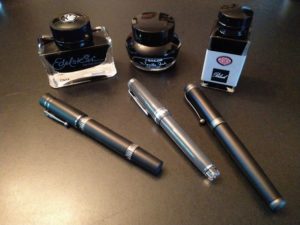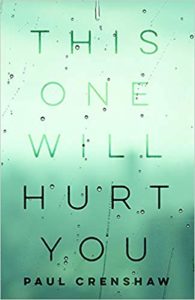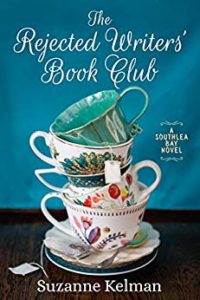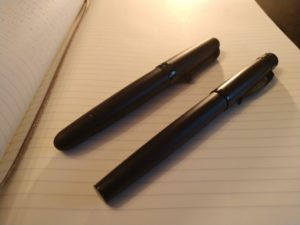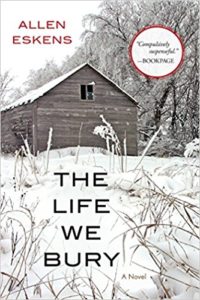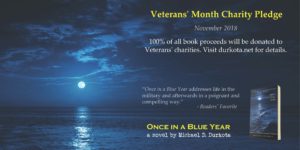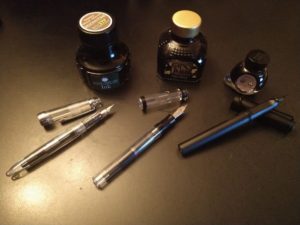I managed to suppress my urge to purchase fountain pens for almost two whole months. I broke down the other day and bought three. Here are my initial reactions.
Sailor Pro Gear
I purchased the graphite lighthouse model. The color was lighter than I expected, but very sleek. I went with the medium 21kt gold nib. I inked it with Sailor black ink. Unposted it is a little short (and light) for my tastes. The style of the pen is simple and classic. After writing a few lines, this pen reminded me of the Pilot Heritage 92 (see review). That said, I prefer the Heritage for style, size, weight, ink capacity, and price. I will keep the Sailor in rotation to run out the ink, but overall, I am a little disappointed.
Nettuno 1911 Black Sands Ruthenium
For starters, the Nettuno packaging was cool. I went with the medium nib and inked it with Pelikan Edelstein black ink. I was almost as excited about trying the ink as I was the pen. They are both divine. The pen is on the heavy side but is nicely balanced and comfortable to write with. The ruthenium-plated #6 Bock steel nib inks a smooth line that is comparable to many gold nibs I’ve tried. The pen lives up to the package in coolness; the details are impressive. Overall, I really like this pen and will keep it in heavy rotation.
Aurora Talentum Black Ops
I went with the medium nib and inked it with Aurora black ink. If you purchase Aurora ink, be warned that the bottle contains a plastic insert that is intended to get ink all over the place; I can think of no other rational purpose for the damned thing. The Talentum is a sharp/stealthy looking pen and I love the weight. In fact, writing with this pen convinced me that 20 grams is perfect for my writing preferences. The 14kt gold nib did not disappoint. This is my second Aurora fountain pen. My first was the 88 Nera Unica (see review). The Talentum is superior in most regards. This realization surprised me when you consider the Talentum retails for about $150 less than the 88; maybe that ink window on the 88 isn’t so great in hindsight.
| Sailor Pro Gear | Nettuno 1911 | Aurora Talentum | |
| Filling system | Converter | Converter | Converter |
| Capacity | 1 ml | 1.09 ml | .98 ml |
| Weight (body) | 16.4 grams | 25 grams | 20 grams |
| Price (MSRP) | $390 | $395 | $495 |
